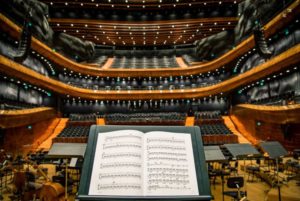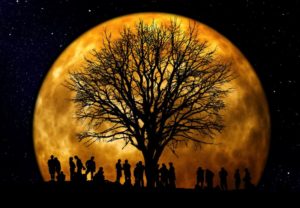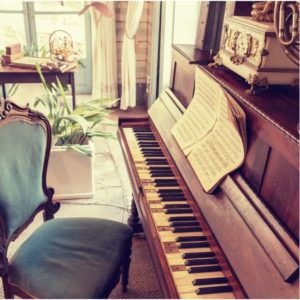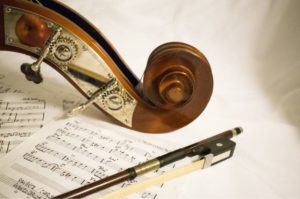The concerto – part III.
Following the first and second article in the subject, this part will be the last in discovering the basics of the concerto works. In this article we focus on the structural plan of a typical concerto music in the classical and romantic era. We established in the previous articles that for musicians the concerto was a vehicle for improvisation. The …



